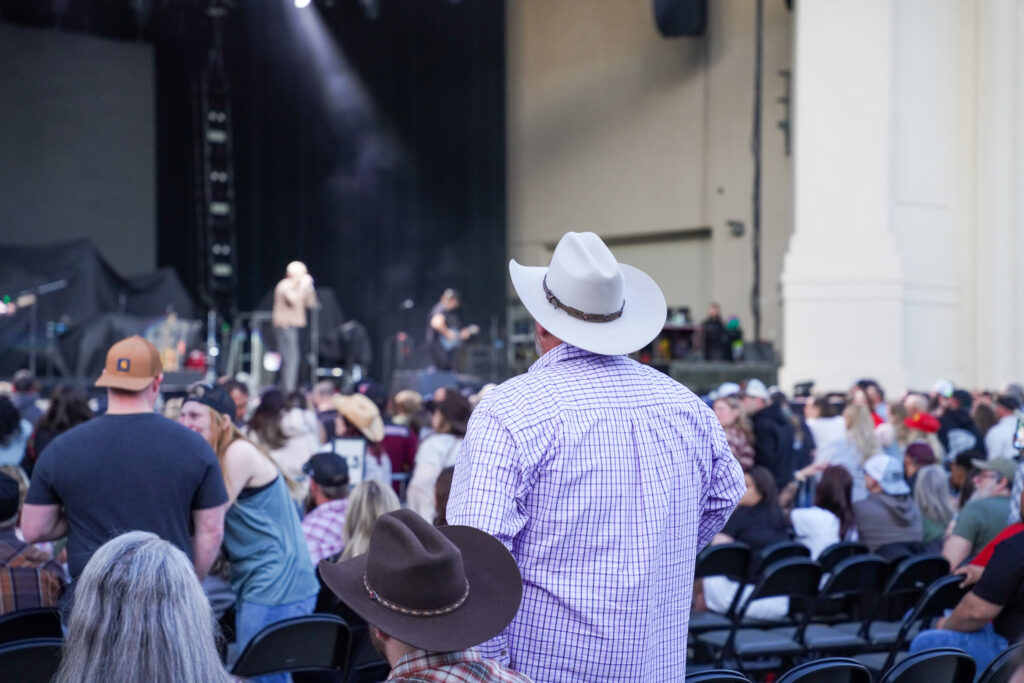Reviewed by: Sarah Gronberg
Spring forward again — what to know about daylight saving time
Reading time: 4 minutes

Okay, Huntsville, are you ready to “spring forward” this weekend? Whether you are or not, it’s that time of year again. Sunday at 2AM you’ll need to push your clocks up an hour for daylight saving (or as some call it, “daylight savings”) — a concept that these days may not make much sense.
Here’s a little history lesson:
The origins of daylight saving time

Daylight saving time has been around since World War I (to conserve fuel used in lanterns and to increase the work day for farmers). But it did not become the law of the land until the passage of the Uniform Time Act of 1966.
The exact dates to change times — now the second Sunday in March and the first Sunday in November — have changed some over the years, much like the attitudes toward the practice. And some states do not observe daylight saving at all.
Hawaii and most of Arizona don’t observe daylight saving time, having opted out of the Uniform Time Act of 1966. In Arizona, where the temperature can routinely top 110 degrees, it’s a matter of retaining earlier sunsets and cooler evening temperatures.
But the decision not to participate in the time adjustment isn’t absolute in Arizona. Daylight saving time is observed on the Navajo Reservation, surrounding the Hopi Reservation, which doesn’t observe daylight saving.
Because Hawaii is far south of mainland states, with a latitude similar to Mexico City’s, lawmakers there haven’t seen the need to increase the hours of daylight. The U.S. territories of American Samoa, Guam, Northern Mariana Islands, Puerto Rico and the United States Virgin Islands also don’t observe daylight saving time.
Time for a change?

So, do we really need daylight saving anymore? If you ask folks in Alabama, they’d tell you they want to see it enacted permanently. But that’s tricky.
You see, states can opt out of observing daylight saving time. But they do not have the option of staying on it year round. Congress would have to pass a new federal law before any state legislation calling for that could go into effect.
At least 22 states introduced legislation last year to switch to year-round daylight saving time, year-round standard time or allow voters to decide the issue, according to the National Conference of State Legislatures. Another 18 have trigger laws on the books that would take effect if Congress were to allow such a change.
In Alabama, Rep. Wes Kitchens (R-Guntersville) introduced a bill during the 2020 legislative session that would allow Alabama to stay on daylight saving time year-round, which passed the house and was then sponsored in the Senate by Sen. Rusty Glover (R-Semmes) where it also passed.
Sen. Tommy Tuberville (R-AL) joined an effort in 2022 to make daylight saving time permanent across the country, becoming a cosponsor of the Sunshine Protection Act, originally introduced by Senator Marco Rubio (R-FL).
“Centuries ago, a time change might have made sense, but it doesn’t today. An additional hour of sunshine during cold winter months would be welcome news for folks on their way to work and kids on their way home from school. It just makes sense to pass the Sunshine Protection Act.”
Sen. Tommy Tuberville
So for now, we can enjoy the extra daylight, but we will have to go back to standard time again in the fall.
How do you feel about daylight saving time? Let us know on Facebook, TikTok and Instagram, and be sure to subscribe to our newsletter.



